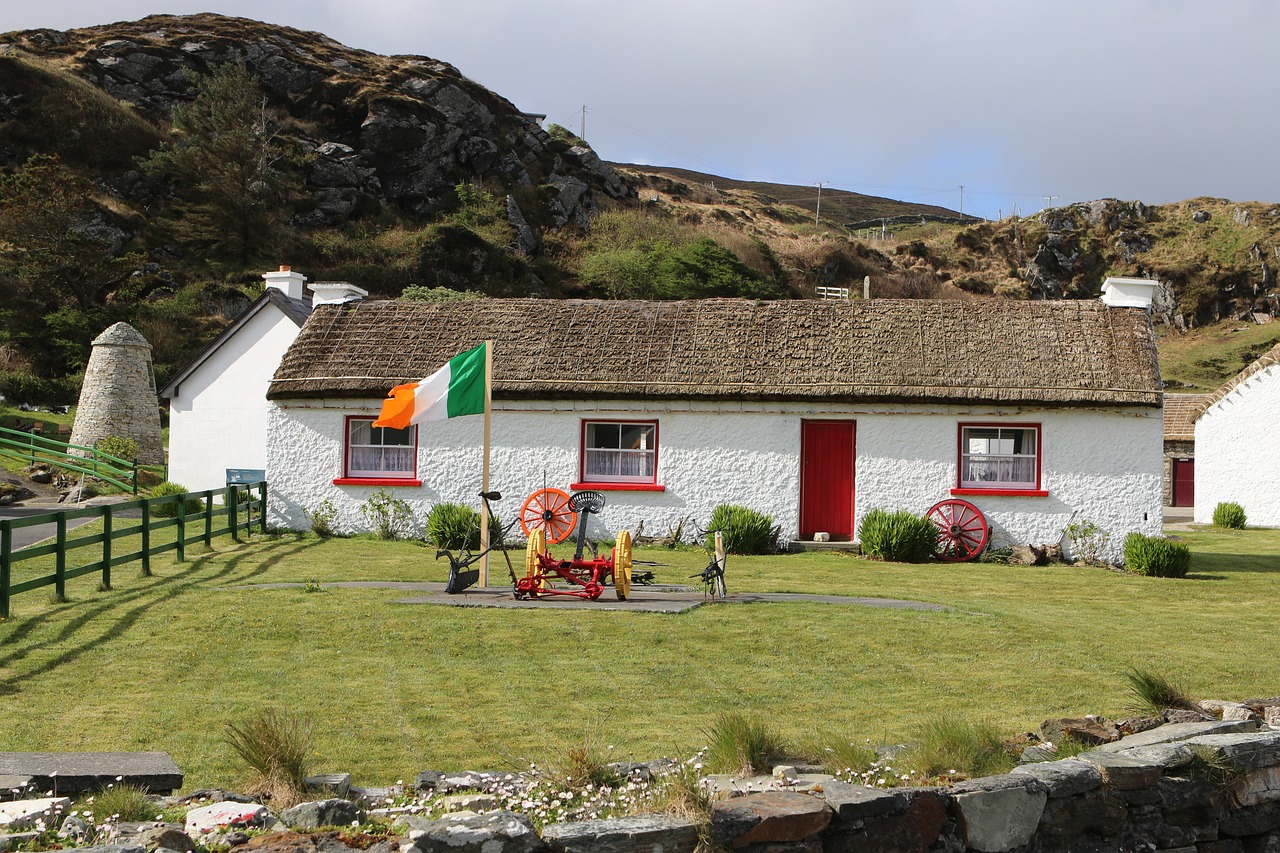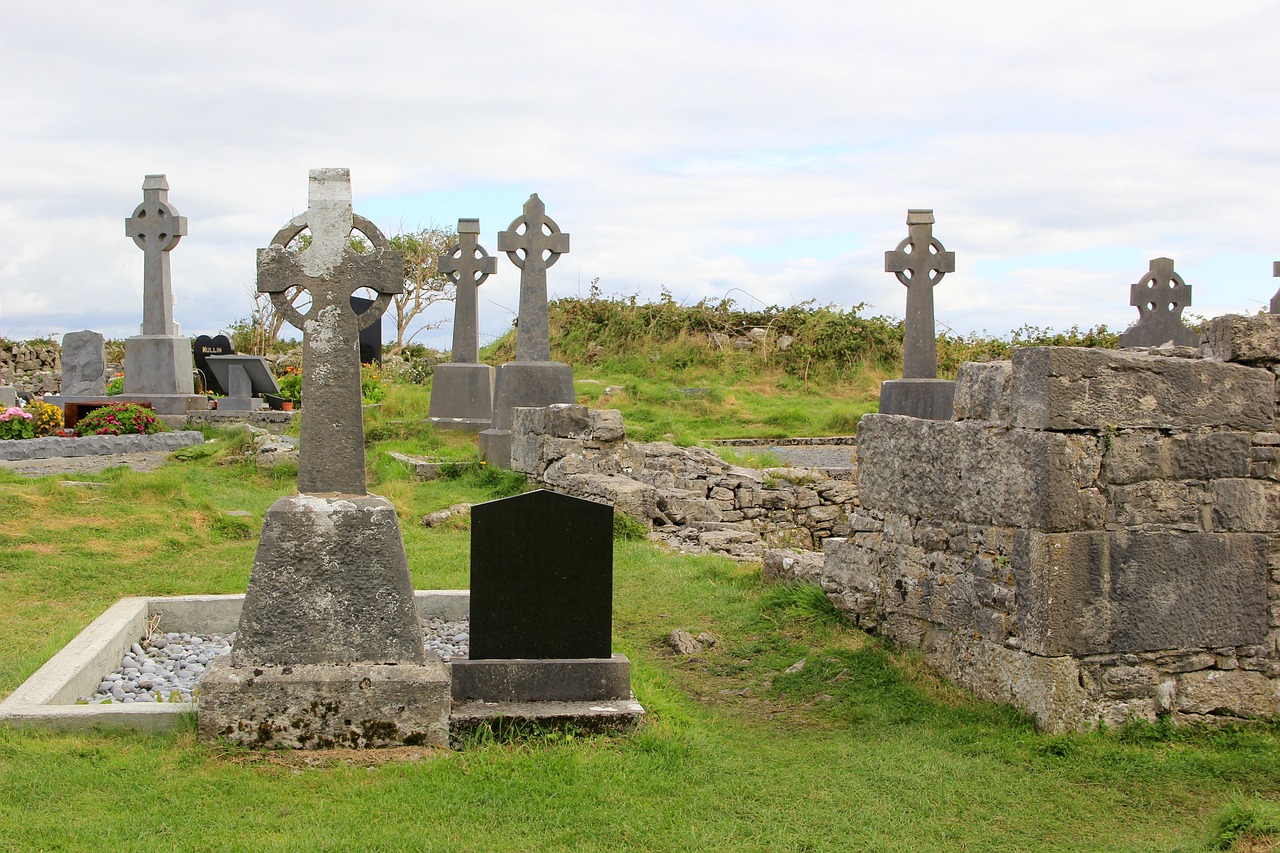Cultural Sensitivities: Understanding Local Norms in Ireland
Ireland, known for its rich history, stunning landscapes, and vibrant culture, is a country with unique customs and traditions. When visiting Ireland, it is important to be aware of the cultural sensitivities and local norms to ensure a respectful and enjoyable experience. This article aims to provide a comprehensive guide to understanding the cultural nuances of Ireland, covering various aspects such as greetings, social interactions, dining etiquette, and more.
Greetings and Social Interactions
- Handshakes: Handshakes are the most common form of greeting in Ireland. It is customary to offer a firm handshake while maintaining eye contact.
- Smiling and Eye Contact: Irish people are generally friendly and appreciate a warm smile. Maintaining eye contact during conversations is seen as a sign of respect and attentiveness.
- Politeness: Politeness and good manners are highly valued in Irish culture. Saying “please” and “thank you” is important in all social interactions.
- Personal Space: Irish people value their personal space. It is advisable to maintain a comfortable distance while conversing or interacting with others.
Dining Etiquette
- Table Manners: When dining in Ireland, it is important to observe proper table manners. Keep your elbows off the table, chew with your mouth closed, and wait for everyone to be served before starting to eat.
- Toast and Cheers: When toasting, it is customary to make eye contact with each person at the table and say “Sláinte” (pronounced slawn-cha), which means “health” in Irish. Raise your glass and take a sip after the toast.
- Passing Food: When passing food at the table, it is polite to offer it to the person on your left first. If someone offers you food or drink, it is customary to accept it graciously.
- Tipping: In restaurants, it is common to leave a tip of around 10-15% of the total bill if the service was satisfactory. However, tipping is not mandatory and should be based on your discretion.
Celebrations and Festivals
- St. Patrick’s Day: St. Patrick’s Day, celebrated on March 17th, is a significant cultural event in Ireland. It is a public holiday filled with parades, music, dancing, and traditional Irish food and drinks.
- Traditional Music Sessions: Ireland is renowned for its traditional music. In pubs and music venues, you can experience lively music sessions where musicians gather to play traditional Irish tunes.
- Irish Dancing: Irish dancing is a unique cultural tradition in Ireland. It is characterized by quick footwork and precise movements. Traditional Irish dance performances can be enjoyed at various festivals and events.
- Gaelic Games: Gaelic football and hurling are popular sports in Ireland. Attending a match or learning about these traditional Irish games can provide a deeper understanding of the country’s culture.
Religious Customs
- Catholicism: Catholicism has a strong influence on Irish culture. Many Irish people are practicing Catholics, and attending mass on Sundays is a common religious practice.
- Respecting Places of Worship: When visiting churches or other places of worship, it is important to dress modestly and behave respectfully. Keep in mind that some churches may have specific visiting hours or restrictions.
- Religious Holidays: Easter and Christmas are important religious holidays in Ireland. During these times, you may find special church services and cultural celebrations taking place.
- Religious Symbols: Religious symbols, such as crosses and statues, hold significant meaning to Irish Catholics. It is important to treat these symbols with respect and refrain from any disrespectful behavior.
Transportation and Public Spaces
- Public Transport: When using public transportation in Ireland, it is expected to queue and wait for your turn. Priority seating is usually designated for elderly or disabled individuals.
- Taxis and Rideshares: Taxis and rideshares are widely available in Ireland. It is customary to greet the driver and engage in polite conversation during the journey.
- Parks and Beaches: Ireland is known for its beautiful parks and beaches. When visiting these public spaces, it is important to respect the environment, dispose of trash properly, and follow any posted rules or regulations.
- Nature and Wildlife: Ireland is home to stunning natural landscapes and diverse wildlife. It is important to preserve the natural environment by not littering, staying on designated paths, and avoiding any disturbance to the wildlife.
Image 1:

Traditional Irish Arts and Crafts
- Aran Sweaters: Aran sweaters are a traditional Irish knitwear known for their intricate patterns. These sweaters are often made from natural wool and are popular souvenirs for visitors.
- Irish Pottery: Irish pottery, such as Belleek pottery, is famous for its delicate craftsmanship. It is an excellent choice for unique and beautiful home decor or gift items.
- Celtic Jewelry: Celtic jewelry, adorned with intricate Celtic knotwork and symbols, is a popular souvenir choice in Ireland. From earrings to necklaces, these pieces showcase the rich cultural heritage of the country.
- Bodhrán Drum: The bodhrán is a traditional Irish drum played with a wooden stick called a tipper. It is commonly used in traditional Irish music and can be a great addition to any music enthusiast’s collection.
Image 2:

Irish Language and Literature
- Gaelic Language: The Irish language, also known as Gaelic or Gaeilge, is an important part of Irish culture. While English is widely spoken, learning a few basic Irish phrases can show respect for the country’s heritage.
- Literary Heritage: Ireland has a rich literary history, with renowned writers such as James Joyce, Oscar Wilde, and W.B. Yeats. Exploring Irish literature can provide insights into the country’s culture, history, and identity.
- Bookstores and Libraries: Ireland is home to numerous independent bookstores and libraries. Visiting these establishments allows you to immerse yourself in the world of Irish literature and discover new works by local authors.
- Literary Festivals: Ireland hosts various literary festivals throughout the year, celebrating the written word. These festivals showcase Irish and international authors, offering literary discussions, readings, and workshops.
Irish Mythology and Folklore
- Famous Legends: Irish mythology is filled with captivating tales of mythical creatures, heroes, and ancient gods. Stories such as the legend of Cú Chulainn and the Children of Lir have been passed down through generations.
- Fairy Folklore: The belief in fairies, or “the Good People,” is deeply ingrained in Irish folklore. It is important to respect fairy forts and avoid disturbing these mystical sites, as it is believed to bring bad luck.
- Traditional Music and Dance: Many traditional Irish songs and dances are inspired by mythological tales and folklore. Attending a traditional music session or a performance by Irish dancers can provide a glimpse into this cultural aspect.
- Festival of Samhain: Samhain, celebrated on October 31st, is an ancient Celtic festival marking the end of the harvest season. It is believed to be a time when the boundaries between the physical and spiritual worlds are blurred.
Image 3:

Conclusion
In conclusion, understanding the cultural sensitivities and local norms in Ireland is essential for a respectful and enriching experience. By familiarizing yourself with the greetings, social interactions, dining etiquette, and various aspects of Irish culture, you can truly appreciate the beauty and uniqueness of this captivating country. Remember to be polite, open-minded, and respectful of the customs and traditions that make Ireland so special.
References
- Ireland.com
- Discoverireland.ie
- Failteireland.ie
- Cultureireland.ie
- Irishcentral.com

